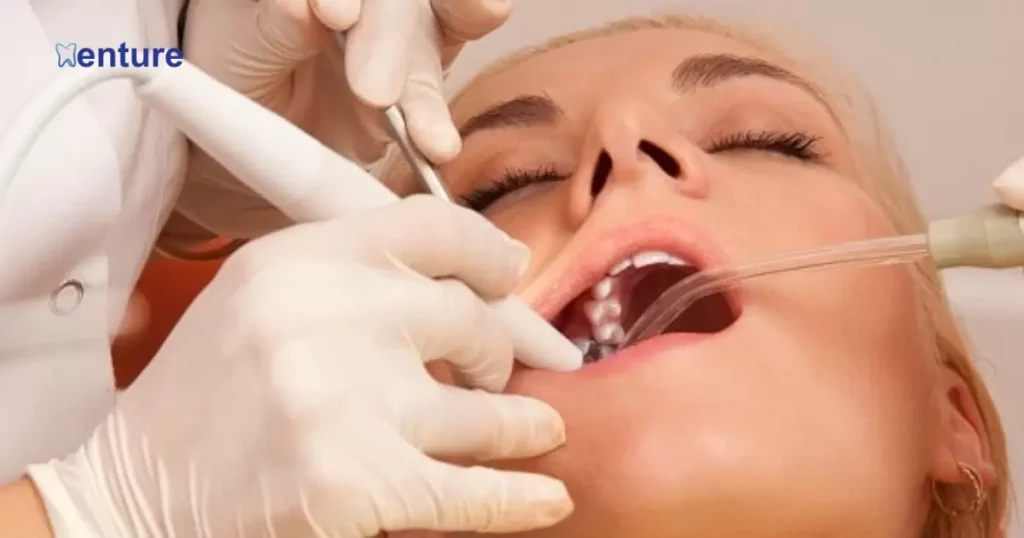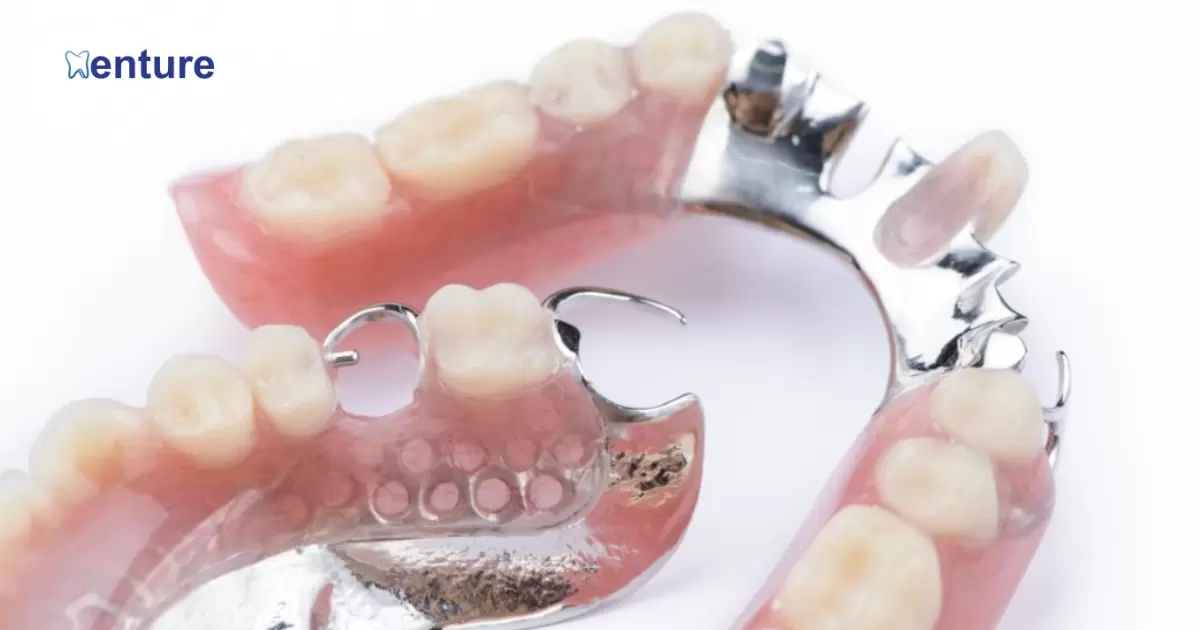A partial denture implant is a dental device that replaces missing teeth. It’s like a removable bridge that fits in your mouth. The implant helps you chew better and smile confidently. Dentists use it when you’re missing a few teeth, and it stays in place with clasps or attachments.
Wondering if a partial denture can be attached to an implant? Well, the good news is that it’s possible. This innovative solution combines the stability of implants with the convenience of a partial denture.
When considering dental options, it’s important to understand how partial dentures and implants can work together. Partial dentures replace missing teeth, while implants offer stability. By connecting the two, you can enjoy the best of both worlds. This combination ensures a secure fit without compromising comfort
Partial Dentures On Implants
Partial dentures on implants provide a reliable solution for missing teeth. These dentures are attached to dental implants, which are surgically placed in the jawbone. This connection creates a stable and comfortable fit, eliminating worries about slipping or shifting dentures.
The benefit of partial dentures on implants is that they feel and function like natural teeth. You can eat, speak, and smile with confidence. Plus, they are easy to maintain, offering a long-lasting solution for a complete and beautiful smile.
Implant-Supported Dentures Or Fixed Implant Bridges
Implant-supported dentures are like a solid foundation for your smile. They use dental implants, which are like tiny anchors in your jawbone. These dentures snap onto the implants, so they won’t slip or slide. You can eat, talk, and laugh without worries.
Fixed implant bridges are a bit like a bridge between your teeth. They replace missing teeth with artificial teeth that stay put. Dental implants secure these artificial teeth in place. It’s a sturdy, permanent solution that looks and feels natural. No more gaps in your smile.
| Item | Cost Range (in USD) |
| Implant | $1,500 to $4,000 |
| Partial Denture | $1,000 to $2,500 |
What Are the Benefits of Replacing a Partial Denture with Dental Implants?
Replacing a partial denture with dental implants comes with several benefits. First, implants are sturdy and secure, so there’s no worry about slipping or discomfort. Dental implants help maintain bone density and facial structure, preventing the sunken appearance that can occur with dentures. The key difference between dentures and implants is that implants feel and function like natural teeth, making eating and speaking easier.
Dental implants are a long-term solution, often lasting a lifetime with proper care. You won’t need to deal with adhesives or frequent adjustments. Plus, they look natural, enhancing your smile and confidence.
How Dentures and Implants Work Together
Dentures and implants can team up to create a winning smile. Dentures are removable tooth replacements, while implants are like sturdy tooth roots. When they work together, it’s a game-changer. The implants anchor the dentures, so they won’t budge.
You get the confidence of a full set of teeth without worrying. Here’s how it plays out: implants are surgically placed in your jawbone, acting as a solid foundation. Then, dentures snap onto these implants.
Stability and Simplicity
Stability dentures are designed to stay securely in your mouth, making it easier to eat, speak, and smile confidently. They rely on attachments or implants to ensure a snug fit, eliminating worries about slipping or discomfort.
Simplicity dentures are all about ease. They are designed for straightforward use, often without the need for complex attachments or procedures. These dentures are easy to clean and maintain, making them a convenient option for many.
Problems with Regular Dentures

Regular dentures, while helpful, can come with their fair share of problems. One common issue is discomfort. Dentures may not fit perfectly, leading to sore spots and difficulty eating. Another problem is slipping or shifting, which can be embarrassing in social situations.
Regular dentures might affect speech, causing some people to mumble or slur their words. Maintenance is essential, as they need to be removed for cleaning, and cleaning them properly can be a hassle.
Why Overdentures are Better than Regular Dentures
Overdentures, when compared to regular dentures, offer some clear advantages. Firstly, they are more stable because they’re anchored to dental implants or remaining natural teeth. This stability means no more worries about slipping or discomfort while eating or talking.
Overdentures often provide better retention, so they stay in place more securely. This means you can enjoy a more natural and confident smile without the fear of your dentures moving unexpectedly.
Bone Loss Issues with Standard Dentures
Standard dentures can lead to bone loss in your jaw. When you lose teeth, the bone underneath may start to shrink over time. Regular dentures rest on the gums but can’t stimulate the jawbone like natural teeth.
As a result, the bone gradually diminishes, leading to ill-fitting dentures and changes in your facial appearance. The bone loss issue can affect your overall oral health. It may make eating and speaking more challenging.
Can you attach a partial to an implant?
Yes, you can attach a partial denture to an implant. This technique combines the benefits of a partial denture with the stability of dental implants, offering a reliable solution for replacing missing teeth. The implant acts as an anchor, ensuring that your partial denture stays securely in place.
The process involves attaching the partial denture to the implant using special connectors. This connection is secure, yet you can still remove the partial denture for cleaning and maintenance.
Implant Partial Denture Cost
The cost of an implant partial denture typically ranges from $1,500 to $4,000 per implant, and most people require two to four implants. The denture itself can cost between $1,000 and $2,500. Keep in mind that these prices can vary depending on your location, the materials used, and any additional procedures or adjustments needed.
FAQ’s
How does the attachment process work?
Small attachments or clasps are used to connect the partial denture to the dental implant. This ensures a secure fit without the need for adhesives.
Are implant-attached partial dentures better than traditional ones?
Implant-attached partial dentures tend to offer more stability and a natural feel compared to traditional options, which may be less secure and less comfortable.
Do I need multiple implants for a partial denture?
The number of implants required depends on your specific case. It can vary from
Conclusion
Attaching a partial denture to an implant offers a stable and comfortable dental solution. This combination, while it may come at a higher cost, delivers lasting benefits in terms of oral health and self-assurance. The integration of an implant provides a secure foundation for the partial denture, ensuring that it remains firmly attached and functions effectively.
By connecting the worlds of partial dentures and dental implants, you can enjoy the advantages of both. The attachment process uses small clasps to secure the partial denture to the implant, eliminating the need for adhesives.











